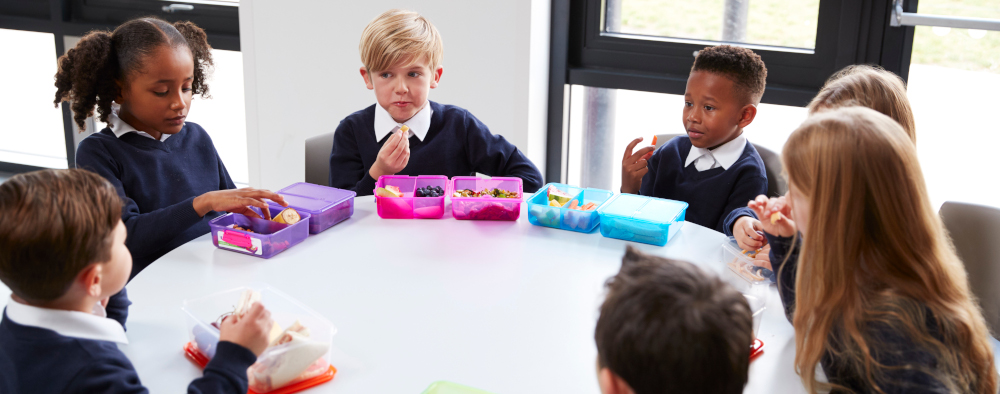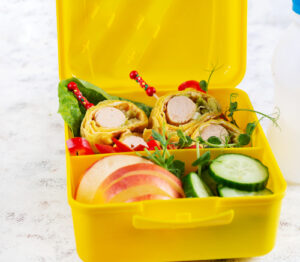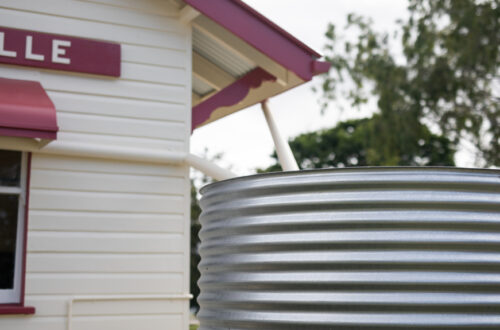
The Quiet Class Tension of School Lunchboxes
There’s a moment in every South African classroom, just before break, when the air shifts. Not because of the bell, though that’s part of it. Not because of hunger alone. It’s in the quiet anticipation, the rustling of bags, the way some kids already have one hand near their zip. It’s subtle but loaded. Because when the lunchboxes come out, so do all the things no one says out loud. Break isn’t just about eating. It’s about seeing and being seen. About what’s packed, what isn’t, and what that quietly says about who you are and where you come from.
You learn early not to look too closely at someone else’s lunch. But you do. Everyone does. The white bread with the crusts cut off. The peanut butter rolled thick, soft to the edge, neatly folded in clingwrap. The branded juice box that still feels cold from a fridge. Next to it, another sandwich, same white bread, but squashed into a plastic packet reused from the tuck shop. No juice. Maybe water in an old Energade bottle. Maybe nothing. The sandwich itself dry. Butter to the edge because the person who made it couldn’t afford more spread but still wanted it to feel complete.
Children don’t always have the words, but they know. They learn the currency of class through the language of lunch. A chicken mayo sandwich means someone had time. A banana means someone cared enough to pack fruit. Chips, bought not packed, mean someone had R5 to spare and the child didn’t need to ask. But the absence of anything at all, just sitting with your back to the wall, saying “I’m not hungry” when your stomach says otherwise, that, too, speaks volumes.
There are small betrayals in schoolbags. A lunchbox that smells like last night’s dinner reheated and wrapped in foil. A brown banana with bruises that weren’t there when it left the house. A sandwich so cold it sweats inside the Tupperware. The kid next to you with four flings packets and a custard cup looks away when you open yours. It’s not out of cruelty. It’s out of discomfort. Because children instinctively know when they’re seeing something they’re not supposed to.
There’s kindness too. In the swaps. The quiet half-offers. “Do you want some?” said with a full hand extended, not a broken piece. The girl who always gives away her third biscuit. The boy who splits his R2 polony roll straight down the middle even though he didn’t have breakfast. They don’t make a show of it. These aren’t grand gestures. Just small reparations, done quietly between friends who understand what isn’t being said.
Teachers try not to look, or sometimes they look too hard. Some pretend not to notice the one kid who never eats. Others leave a banana on a desk like it got “forgotten” in the staffroom. There are programmes now, feeding schemes and porridge mornings, but they don’t always reach the middle, those kids who have just enough to not qualify for help, but not enough to feel full. That’s where the tension hides. Not in extremes, but in the in-between. In the kids who don’t complain, don’t ask, just chew slowly and drink water to fill the silence.
Lunchboxes travel between home and school like messengers. They carry more than food. They carry effort, intention, and the invisible labour of someone waking early, spreading margarine with a butter knife that’s lost its shine. They carry guilt sometimes, when there isn’t enough to go around. Shame, when they hold nothing but dry bread and yesterday’s apple. They carry pride, too. Because sometimes even a single sandwich, packed with care, means everything was stretched to make that moment possible.
 You can tell who packs with love. Even if the food isn’t much. The way the bread is folded, the surprise of a marshmallow, the napkin with a note that says “Good luck on your test.” It’s not about the contents. It’s about the effort. The signal that says, I see you, I believe in you, I tried.
You can tell who packs with love. Even if the food isn’t much. The way the bread is folded, the surprise of a marshmallow, the napkin with a note that says “Good luck on your test.” It’s not about the contents. It’s about the effort. The signal that says, I see you, I believe in you, I tried.
And then, there are the kids who throw their lunches away. Not because they’re full, but because they don’t want to be seen with what they have. They toss the sandwich in the bin before anyone can ask. Or pretend to be buying chips when they’re just walking in circles. Sometimes it’s not the hunger that hurts. It’s the embarrassment. The slow understanding that your lunch doesn’t match the others. That your sandwich says something about your family you wish it didn’t.
But there’s something honest about butter on the edge. About clingwrap that’s been reused too many times. About dry bread wrapped in care. These lunches, though small and often unseen, carry a kind of dignity. They are stories of survival, of homes where things are tight but love still shows up every morning with a slice of brown bread and a firm instruction to eat.
The older kids get, the more they internalise the lunchbox hierarchy. Some start skipping break altogether. Others mask it with swagger. But it never really leaves. That quiet arithmetic of what you had and what it said about you. It stays in the body. The way you carry your bag. The way you open your container with your back turned. The way you remember to thank your mother, even when you wish the sandwich had more than polony.
At home, the lunchbox is washed and returned. Sometimes scraped clean. Sometimes still full. And the cycle begins again. Morning light. Cold bread. Silent prayers. Butter to the edge. Because someone, somewhere, still believes that’s enough to get you through the day. And most days, it is. But not always. And the difference between those two is where class lives. Not in the cars outside the gate. Not in the uniforms. But in the quiet rustle of plastic, the soft chew of bread, and the way one child turns to another and asks, “Are you going to finish that?” with hope that doesn’t need an answer.




